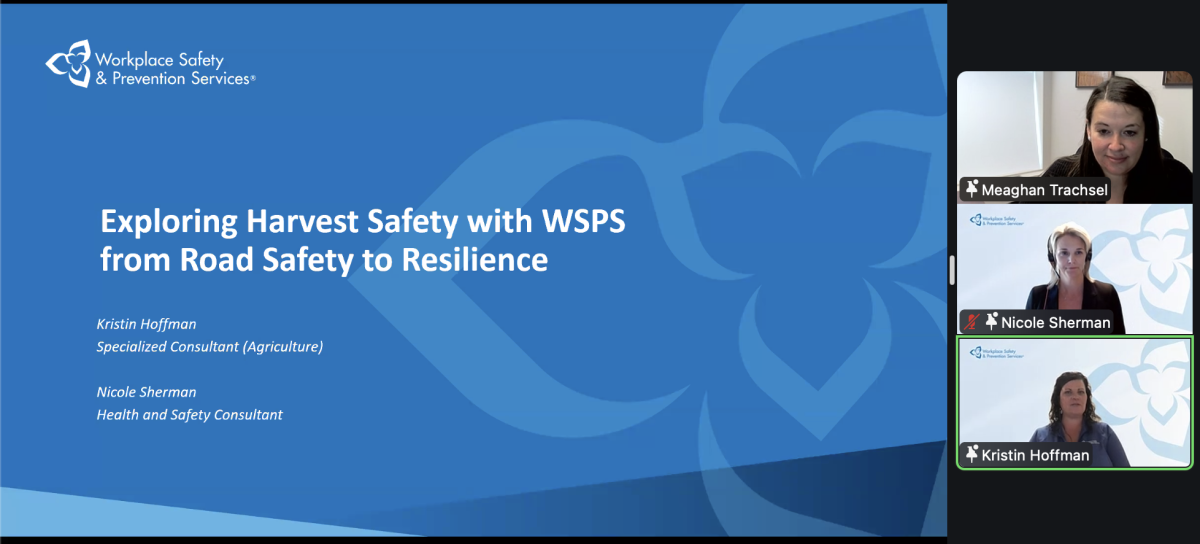A slight drop in Canada’s consumer price index (CPI) between August 2008 and 2009 is due to a substantial drop in gasoline prices — and was offset mostly by rising food prices, according to Statistics Canada.
The federal statistics agency on Thursday logged a drop of 0.8 per cent in consumer prices in the 12 months to August 2009, following a 0.9 per cent drop in July.
The short slide was largely due to a price drop of 19.1 per cent for energy products in that time, particularly due to a 21.2 per cent drop in gasoline prices compared to a 12-month decline of 28.3 per cent for July.
Read Also

Exploring Harvest Safety
Kristin Hoffman of WSPS explains measures for increased farm safety around harvest season
“The primary upward pressure on the CPI came from food prices, which increased four per cent between August 2008 and August 2009,” StatsCan said.
Excluding energy, the CPI rose 1.4 per cent between August 2008 and August 2009, StatsCan said. Household operations, furnishings and equipment (up 2.5 per cent) and health and personal care (up 2.9 per cent) also formed part of the increase.
Of the eight major components in the CPI, three dropped in the 12 months to August: transportation, shelter, and clothing and footwear, StatsCan said.
StatsCan noted that the rise in food costs was to a “lesser degree” than in previous months as it recorded a five per cent increase in July and 5.5 per cent in June.
A “major contributor” to higher food prices in the 12 months to August was food purchased from restaurants, which rose 3.1 per cent. As well, price increases of 5.7 per cent for fresh vegetables and 10.1 per cent for sugar and confectionery were partly responsible for the overall rise in food prices, StatsCan said.
Consumer prices declined in eight provinces between August 2008 and August 2009 with Alberta (down 1.7 per cent) and British Columbia (down 1.1 per cent) setting the fastest pace of decline. Alberta’s decline was due mainly to a 6.1 per cent decrease in shelter costs.
Saskatchewan and Quebec were the only two provinces to experience overall consumer price increases in the same time frame, at rates of 0.8 per cent and 0.4 per cent respectively. Saskatchewan saw higher costs for food (up 4.9 per cent) and shelter (up 2.9 per cent).














